Land Deals and Early Retail Strategy
Savannah Mall's story started decades before its first tenant opened a cash register. In the 1940s, the land on which it now stands was mapped out as Forest River Farms, a planned residential subdivision.
This part of Chatham County was rural and mostly undeveloped at the time. Those early housing plans did not come to pass, though.
The acreage remained low-lying and swampy for years. By the 1970s, things began shifting.
Georgia State Route 204 - better known locally as the Abercorn Expressway - was extended southward to connect with Interstate 95.
That one change sparked new attention for the southside of Savannah.
As subdivisions filled in around the highway corridor, Forest River Farms started looking less like a forgotten patch of land and more like a development opportunity.
By 1988, the Savannah Metropolitan Planning Commission approved a rezoning of the site.
Commercial use replaced residential on paper, and the groundwork for a shopping center was officially in motion.
Developers David Hocker Associates and R.F. Coffin Enterprises took the lead.
Construction kicked off in early 1989.
Crawford, McWilliams, Hatcher Associates, Inc., an architecture firm based in Birmingham, Alabama, handled the mall's layout.
EMC Engineering, a Savannah firm, took on civil engineering and land surveying.
From the beginning, the project was designed to compete directly with Oglethorpe Mall, an older center located just a few miles away.
Savannah Mall opened its doors on August 29, 1990.
Its developers positioned it as newer and more upscale and filled it with national brands that had yet to enter the local retail scene.
Stores like Banana Republic, United Colors of Benetton, and The Disney Store helped it stand apart.
At the same time, it offered familiar names like GAP and Waldenbooks to keep foot traffic steady.
Anyone looking for things to do in Savannah, Georgia, in the early '90s had a fresh option.
The mall wasn't just another shopping plaza - it was a calculated entry into the local retail market, built on timing, location, and unmet demand.
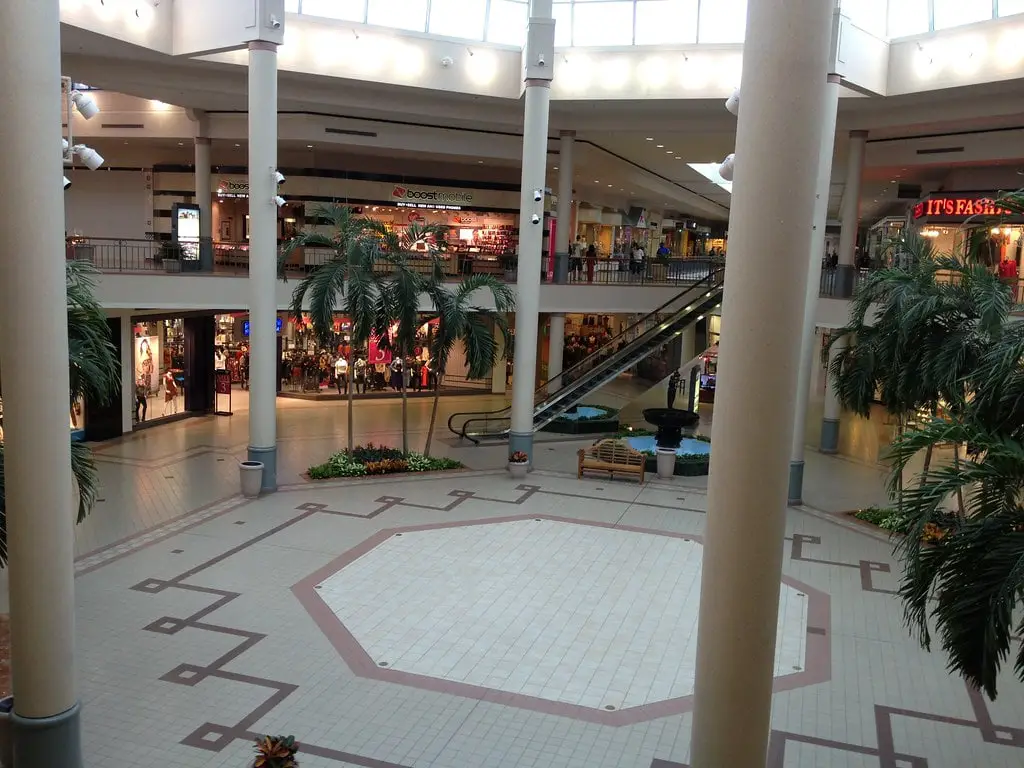
Anchor Shifts and Leasing Playbook
When Savannah Mall opened in 1990, its leasing strategy followed a common format for regional centers of that era: land the department stores first, then build around them.
Belk and J.B. White signed on early and opened alongside the mall in August of that year.
Two others, Miller & Rhoads and Jordan Marsh, were lined up to fill out the anchor roster.
But that plan ran into trouble before the mall hit full stride.
Miller & Rhoads filed for bankruptcy during construction and never opened.
Jordan Marsh had an existing store at Oglethorpe Mall and, following the 1990 bankruptcy of its parent company, Allied Stores, scrapped the Savannah Mall expansion.
That left two anchor pads empty almost immediately.
In 1991, Parisian and Montgomery Ward stepped in to fill the gap.
By the mid-1990s, the mall had upscale retailers like Ann Taylor and Abercrombie & Fitch alongside mall regulars like Spencer's Gifts and Lerner Shops.
The market mix was intentional. Savannah Mall wasn't chasing novelty - it aimed for broad traffic and steady tenants.
Then came the late-'90s reshuffling. Montgomery Ward closed its location in 1998.
That same year, Dillard's acquired Mercantile Stores Company, which owned J.B. White.
The J.B. White name disappeared and was replaced by the Dillard's brand.
The mall's anchors had changed hands quickly - three of the original four names were gone within eight years.
Belk and Parisian exited in early 2003. At that point, the upper-level Parisian space was vacant, and Belk's site was soon marked for demolition.
This gap opened the door for new retail entrants with different goals.
Bass Pro Shops took over the Parisian space and opened later in 2003.
The outdoors-focused retailer brought in a different type of traffic - shoppers who weren't necessarily there for apparel or books.
That pivot helped shape the mall's next phase.
Redevelopment, Retail Conversions, and Ownership Moves
By the early 2000s, the mall was adjusting to vacancy rates and changes in national retail.
New anchors filled empty spaces, but turnover continued.
In 2004, Target entered the Savannah market through the mall.
It didn't reuse existing structures - Target razed the old Belk building and built a new 213,000-square-foot store.
That two-level layout opened in October, with the company operating on the upper floor.
The lower level was later leased to Burlington Coat Factory, which opened in 2006.
Burlington Coat Factory held its space under Target until 2020 when it moved to a new location across town.
Steve & Barry's launched a location in 2004 inside the former Montgomery Ward space.
Like other retailers in the chain, it emphasized affordable branded clothing and college gear. It closed in 2009.
By 2005, the retail mix inside Savannah Mall had started thinning out.
More than 20 storefronts were vacant that year - some tenants relocated to Oglethorpe Mall, while others pulled out of the Savannah market altogether.
A.C. Moore, a crafts and hobby store, opened in 2007 as a junior anchor.
That location stayed in place until 2019.
A 2008 renovation was the first real infrastructure update since the mall's launch.
The work focused on lighting, ADA improvements, and basic systems like energy efficiency.
The updates also included a new logo and the addition of public Wi-Fi.
But foot traffic patterns were already shifting by then, and the mall couldn't reverse the broader decline in enclosed retail.
In 2016, the Kohan Retail Investment Group acquired Savannah Mall.
Kohan is known for buying distressed properties at low prices, often without detailed plans for redevelopment.
The anchors stayed in place through those changes, but leasing inside the mall itself kept slipping.
By 2022, many of the businesses listed on the mall's directory were either closed or operating with minimal hours.
At that point, it was more accurate to say Savannah Mall contained retail than to call it a retail center.
Unlike strip centers or open-air plazas, the enclosed mall format required internal foot traffic to keep storefronts viable.
As anchor tenants walled themselves off or operated independently, the rest of the floor space, whether retail or otherwise, lost value.
Leasing terms may have been flexible, but they weren't backed by volume.
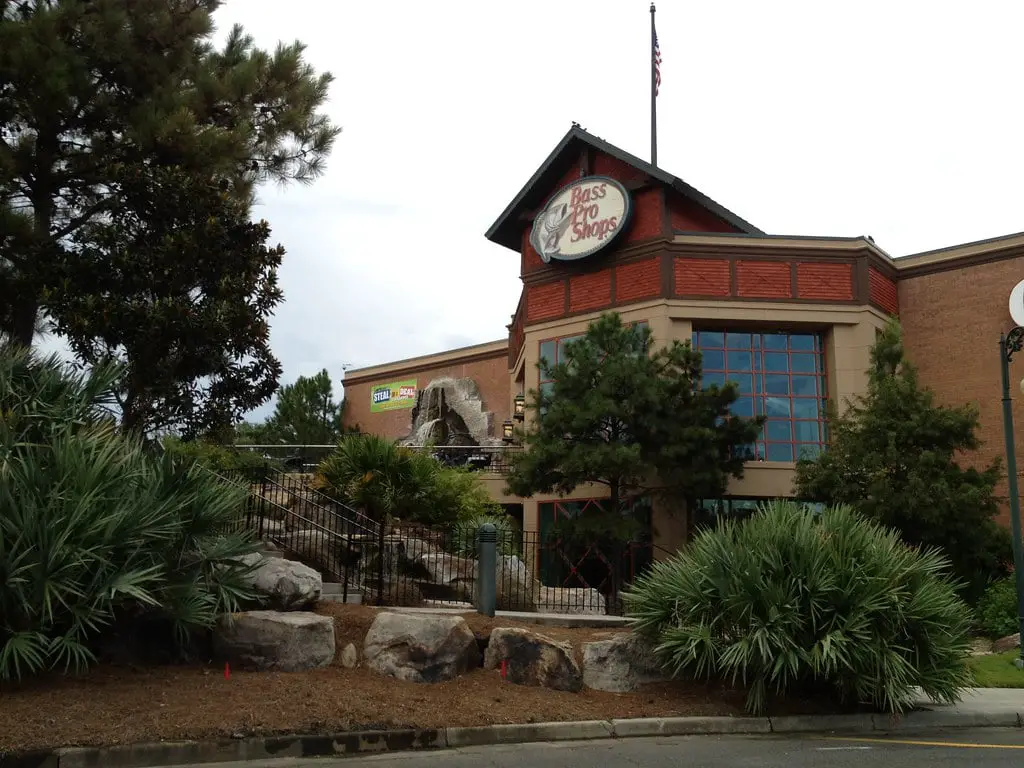
Ownership Turnover and Site Repositioning
The second sale in six years brought new ownership - but no clear direction.
In October 2022, Savannah Mall was auctioned off to BCHM Investment Group for $8 million.
The sale came with basic structural issues: broken escalators, unreliable HVAC systems, and inconsistently locked doors.
Tenants reported difficulty reaching property managers.
By December, word spread that the new owners were asking the remaining businesses to vacate.
On January 12, 2023 - the date originally set for closure - Savannah's alderman publicly stated the mall wouldn't shut down entirely.
But the picture changed quickly. By March 2023, interior access was locked, and the mall's common areas were dark.
Anchor stores like Target, Dillard's, and Bass Pro Shops continued to operate on their own schedules through separate entrances.
That same month, most internal tenants had either left or had their leases terminated.
The lower level of the former Montgomery Ward was being used as a call center.
The upper level was leased by the Savannah Bananas, a minor-league baseball team known for promotional events.
Both spaces had been reworked without direct customer access from inside the mall.
Since then, public records and local news updates have shown no permit filings or redevelopment plans tied to the property.
As of early 2025, no construction is underway, and no rezoning applications are pending.
The mall's website remains live, listing anchor tenants and a few businesses.
Whatever happens next likely depends on a new lease strategy or demolition.
Either would require capital and coordination.
For now, the remaining footprint operates as disconnected commercial units under one roof that few people can enter.
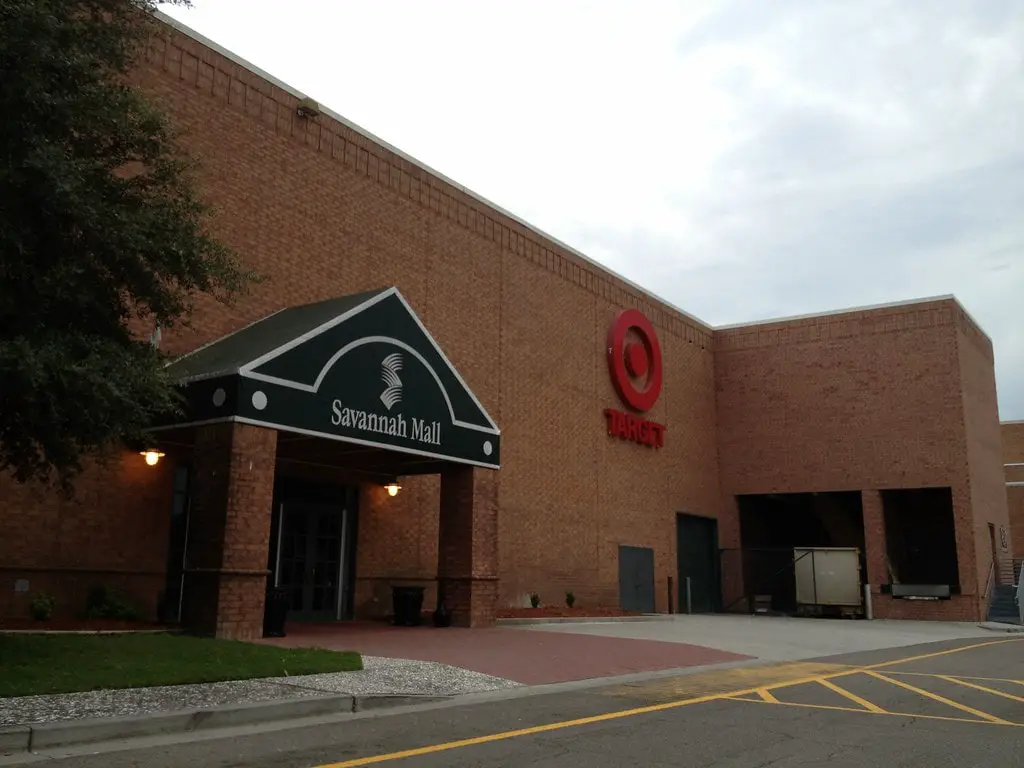

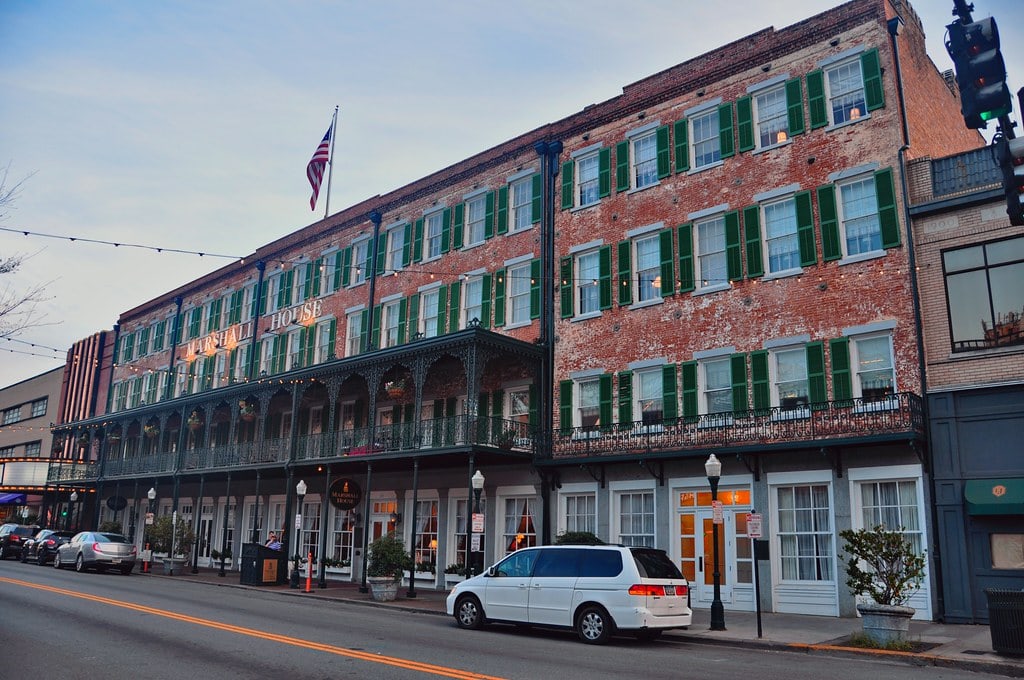
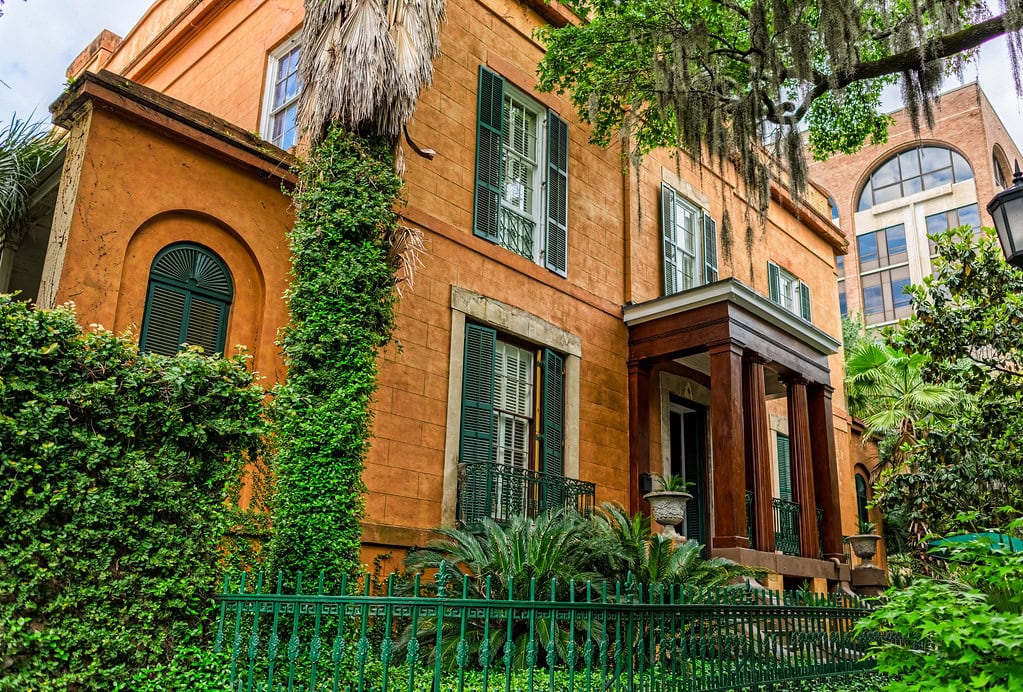

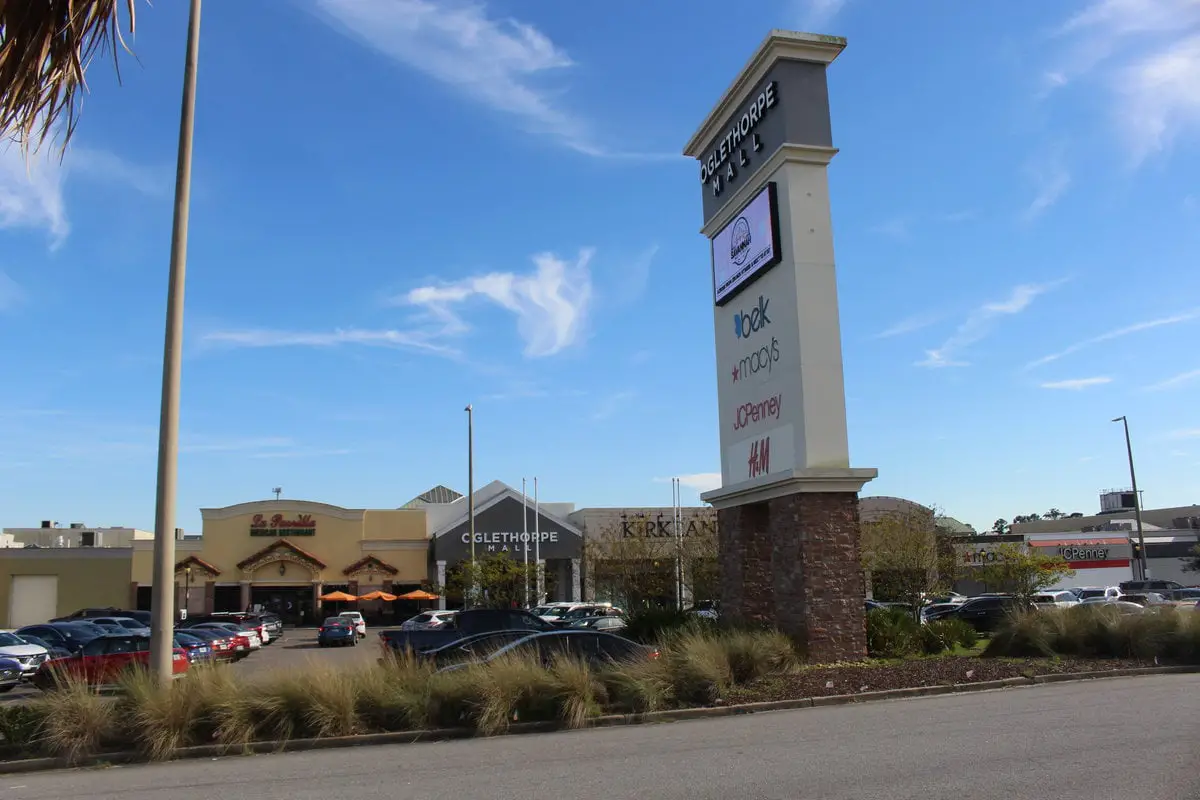
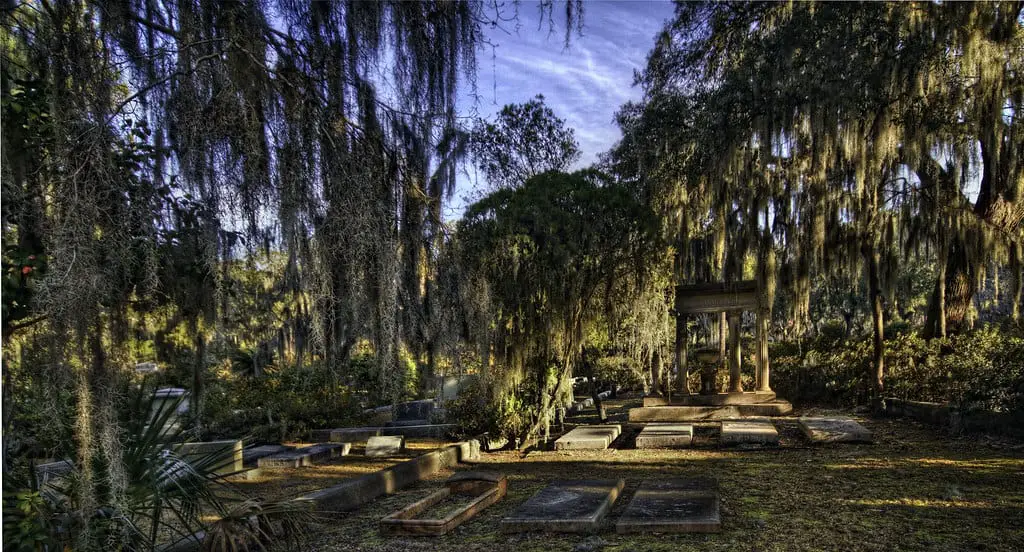
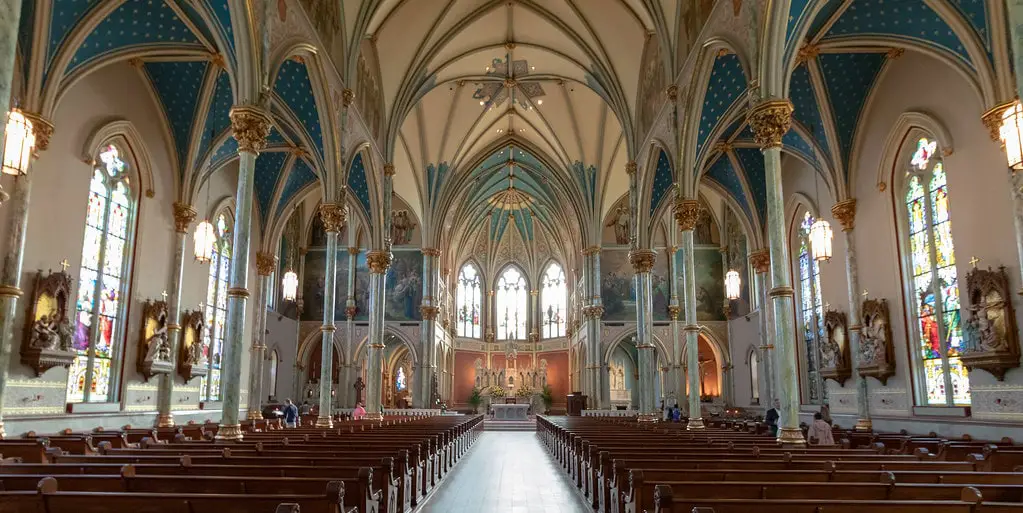
Do not be fooled. Long before Savannah Mall was sold, the owners had been purposely raising rent on the businesses within the mall to force them out so they could sell after making as much profit as possible before doing so. The owners stopped fixing known issues like leaks throughout the building, once beautiful street signs to fall apart, during this rate hike. Shameful business practices are the reason for this malls demise. Savannah Mall could/should have easily weathered the tribulations brought about by financial and biological challenges. For owners to allow a mall who bears our cities name to intentionally decay should have been investigated by city council, at least.
Your comment raises a fair point about how business decisions can affect places like Savannah Mall. That’s the kind of detail local planners and residents will need to consider when talking about what comes next.
Every mall looked and still looks like every other mall. I other words, malls became boring to visit. Walk out of one mall into another and it feels like you never left the first one. Same stores, big and small. Boring. The original owners should have known this, but if they did, they ignored it and went ahead and built it anyway to their everlasting regret. The empty Savannah Mall needs to be torn down to make way for a new and more appealing shopping experience. Customers rule.
Some cities have started tearing down properties like this for mixed-use plans. In a few cases, this has brought foot traffic back, but it takes time.
Perhaps they could take a look at the Citadel Mall in Charleston SC. I shopped at that mall years ago. I had to go there a few weeks ago, for an MRI! I guess it's now half mall and half medical offices. The medical part was full of people when I was there.... obviously there was a need and it's now being met. Great idea👍👍
Thanks for the update. That kind of conversion might sound odd until you visit. Then you realize: it works.
I worked in Parisian at Savannah Mall in 2001. I don’t think it was like ‘every other mall’ there was much more room to walk in front of storefronts, the width made a big difference. Given a choice between the 2 malls, I would have chosen Savannah over Oglethorpe every time. I only worked there about 10 months while looking for a job in my field. It was a pleasant place to shop and I miss it.
Many people miss malls for what they represented: a job, a phase of life, or just a quiet afternoon with nowhere urgent to be. Your story captures all of that in a few lines.